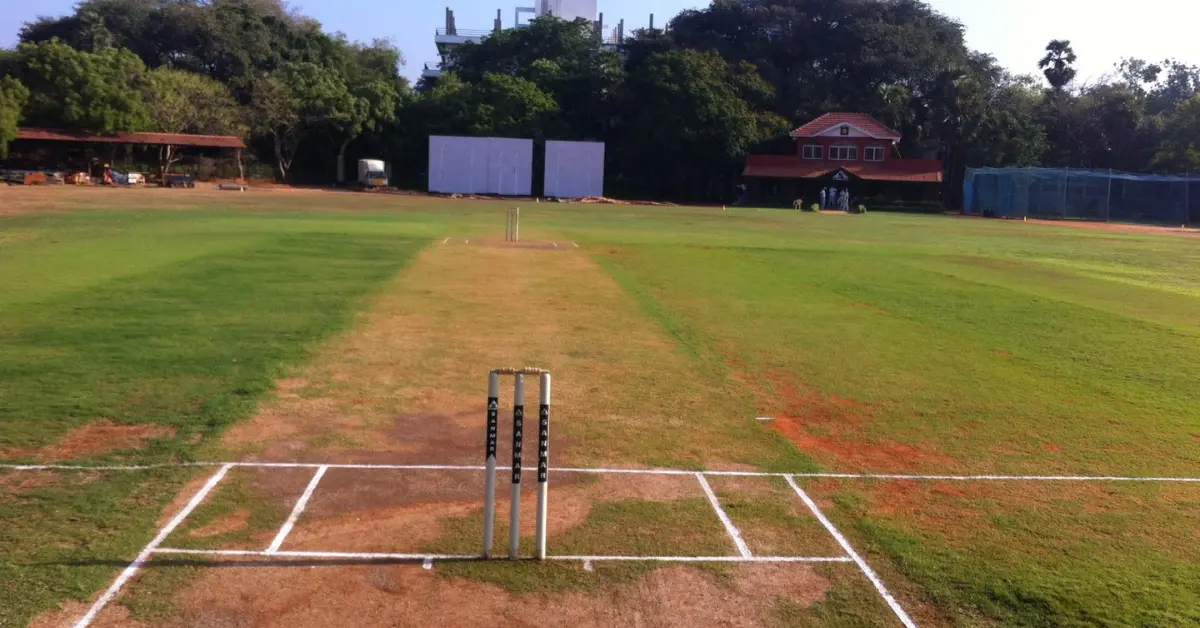Introduction
In a bid to foster inclusivity and diversity in India’s premier engineering institutions, the Indian Institute of Technology Madras (IIT-M) has put forth a groundbreaking proposal to introduce a sports quota in all Indian Institutes of Technology (IITs). This ambitious initiative aims to provide students who excel in sports at the state, national, and international levels with the opportunity to pursue their education at IITs. This proposal, which was recently presented during the 55th IIT council meeting, marks a significant step towards revolutionizing the admission process at these esteemed institutions.
The Need for Diversity
Diversity is a cornerstone of any thriving educational ecosystem. It brings together individuals with varied backgrounds, experiences, and perspectives, enriching the learning environment for everyone. However, the IITs have long been criticized for their lack of diversity, particularly in terms of gender and socioeconomic backgrounds. Introducing a sports quota is seen as a proactive measure to address this issue and create a more inclusive educational landscape.
The IIT Council Meeting
The idea of introducing a sports quota in IITs was officially presented during the 55th IIT council meeting, a gathering of key stakeholders responsible for governing the IITs. This proposal has ignited a fervent debate within the academic community and has the potential to reshape the admission process for these prestigious institutions.
The Current Landscape
At present, the IITs do not have a sports quota system in place, distinguishing them from many other premier universities in India, including Delhi University. The absence of such a system has led to criticism that the IITs may not be catering to a wide range of talents and backgrounds. By introducing a sports quota, the IITs aim to broaden their admissions criteria and diversify their student population.
Collaboration with JEE Apex Board
To bring the sports quota proposal to fruition, IIT-Madras plans to collaborate closely with the Joint Entrance Examination (JEE) Apex Board (JAB). The JAB plays a pivotal role in setting guidelines for the JEE (Main) and JEE (Advanced) examinations, which are the primary determinants of admissions to IITs. Crafting a comprehensive plan and establishing timelines for implementing the sports quota system will require careful coordination with the JAB.
Timeline for Implementation
The proposed sports quota system is targeted for implementation in the academic session of 2024-25. This gives the stakeholders involved ample time to create a well-thought-out plan that addresses the challenges and intricacies of this new admission process.
Positive Reception and Enthusiasm
During the 55th IIT council meeting, IIT-Madras Director V Kamakoti presented the idea of the sports quota, and it was met with enthusiasm and support. The proposal’s core objective is to infuse greater diversity into the IIT campuses, offering opportunities to students who have demonstrated exceptional talent in sports. This inclusion is not only expected to diversify the student body but also to enrich the overall campus experience.
Key Considerations for Implementation
Implementing a sports quota in IITs is a multifaceted endeavor that requires careful consideration of various aspects:
- Eligibility Criteria: One of the critical aspects of this proposal is determining the eligibility criteria for admissions under the sports quota. Should it be limited to national-level athletes, or should it extend to state-level and even school-level athletes? Striking the right balance is crucial to ensure fairness.
- Admission Procedures: Defining the admission procedures for sports quota candidates is another challenge. Should there be a separate entrance exam for sports quota applicants, or should their admission be based on their sports achievements and a certain academic threshold?
- Range of Sports: Deciding which sports should be included in the quota is another pivotal decision. Should it encompass a wide range of sports, including traditional and indigenous ones, or focus on those that have a more prominent national and international presence?
- Support for Student-Athletes: Once admitted, it’s vital to provide student-athletes with the necessary support to balance their academic and sporting commitments. This may involve flexible scheduling, on-campus sports facilities, and expert coaching.
- International-Level Facilities: To attract and nurture sports talent, IIT campuses must be equipped with international-level sports facilities. These facilities not only provide student-athletes with the resources they need but also elevate the overall sporting culture on campus.
IIT-Madras Takes the Lead
IIT-Madras, the institution behind this bold proposal, has already taken the initiative to delve into these intricate aspects. Their dedication to ensuring the success of the sports quota system is evident in their proactive approach to researching and planning. It is expected that they will submit a comprehensive report to the IIT council within the next two to three months, shedding light on the practicalities and feasibility of the proposal.
Advantages of the Sports Quota System
Introducing a sports quota in IITs has the potential to yield several significant advantages:
- Diversity: By welcoming students from diverse sporting backgrounds, IITs can create a richer and more varied learning environment. This diversity can lead to cross-cultural exchanges and the sharing of unique perspectives.
- Talent Nurturing: The sports quota system can serve as a platform for nurturing sporting talent. IITs have the infrastructure and resources to support student-athletes, potentially producing future Olympians and national champions.
- Holistic Development: Encouraging students to pursue their passion for sports alongside their academic pursuits can promote holistic development. It fosters time management skills, discipline, and a healthy work-life balance.
- National Pride: When IITs produce successful athletes who represent the nation on the global stage, it not only enhances the institute’s reputation but also fills the country with pride.
Challenges Ahead
However, implementing a sports quota system is not without its challenges:
- Fairness: Striking a balance between academics and sports while ensuring that deserving candidates get admission can be a complex task. Defining eligibility criteria that are fair to all applicants is essential.
- Infrastructure and Resources: Establishing international-level sports facilities and providing coaching expertise can be a resource-intensive endeavor. Ensuring equitable access to these resources for all admitted students is vital.
- Academic Rigor: Maintaining the academic rigor for which IITs are renowned while accommodating the unique schedules of student-athletes will require careful planning and execution.
- Public Perception: The introduction of a sports quota may be met with skepticism from those who fear it could compromise the quality of education at IITs. Clear communication about the benefits and objectives of the quota system will be essential to address these concerns.
The Road Ahead
As IIT-Madras leads the way in exploring the intricacies of the proposed sports quota system, it is evident that the IITs are committed to embracing change and fostering diversity. The road ahead will undoubtedly involve rigorous planning, consultation with stakeholders, and the establishment of a fair and transparent system that identifies and nurtures sporting talent.
The introduction of a sports quota in IITs represents a significant shift in the admission process at these prestigious institutions. It is a move towards acknowledging and celebrating talent beyond the traditional academic realm. As the proposal takes shape and the IIT community works together to overcome challenges, it is poised to transform IITs into more inclusive, diverse,



